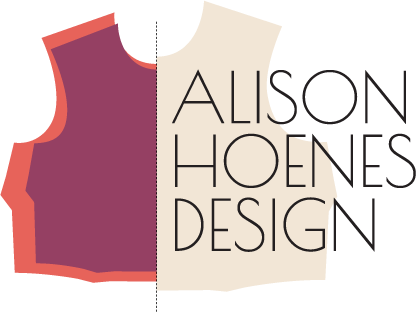Ease comes up a lot when patterning, fitting, and creating specs for clothing, but it doesn’t always refer to the same thing. There are actually two types of ease – wearing ease and sewing ease.
In wearing ease, the garment measurements are bigger than the body measurements. The garment goes over the body so needs to be larger. Unless the design is a tight-fitting baselayer in a stretch fabric, every point of measure on the garment will be bigger than the body.
With sewing ease, one side of a seamline is longer than the other. Instead of the longer side being gathered, though, the excess is eased into the seam so gradually that it looks completely smooth. Sewing ease isn’t always used in a design, but if it is, you’ll find it in places like sleeve caps, back pant inseams, and faced necklines.
In both cases, ease means that one area is bigger than another which allows room for the wearer to move freely.
